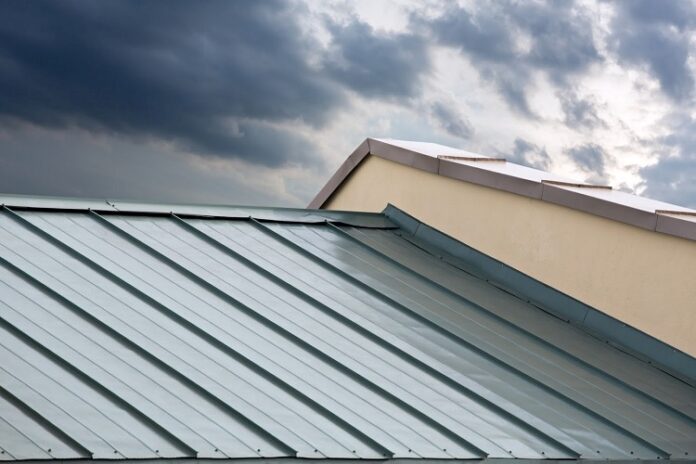It’s no secret that standing seam roof systems are one of the most popular metal roofing systems on the market. And it’s also no secret that they provide unparalleled protection when installed correctly. However, as long as people are involved in the design, manufacturing, and installation process, there’s always room for error. We’ve been in the standing seam roofing business for over 60 years, and we’ve learned a lot along the way. Here are our top tips on how to install a watertight standing seam roofing system for your next project.
Table of Contents
Adhere to minimum slopes
As an architect and specifier, following manufacturer guidelines begins with following minimum slope guidelines. It may seem counterintuitive why a slightly different panel style allows lower slopes.
Recognize panel storage is critical
The majority of standing seam panels come to the site with in-sleeve sealant in the legs of the men and/or women. Extreme temperature variations and dirt and foreign material contamination can cause issues during the installation and seaming process.
Watch roof deck tolerances
Make sure the roofing structure meets plane tolerances and is free of debris before beginning installation. This may seem like a no-brainer, but we see it all the time. Just because you “don’t see” deck flaws and tolerance problems after panel installation doesn’t mean they won’t come back to haunt you.
Follow placement guidelines
Most manufacturers also provide step-by-step installation instructions for each part of the system. This includes tube caulks, tape sealants, and the placement and installation of the outside closure. The weather integrity of your roof system depends on adhering to the manufacturer’s instructions. It’s not a bad idea to have a few extra parts after assembling some items. However, standing seam metal roofs are not one of those. For instance, many systems include structural plates at your eave or ridge. Since these plates are not visible after installation some contractors are tempted to skip using them. However, these parts help to reduce the pressure of the crew member on the panel while installing. Without them, the panel can become deformed and prone to ponding water.
Monitor module width
Depending on the type of standing seam panels, they may expand or contract during installation. However, for them to work properly, the installed width must be accurate. When standing seam panels expand or contract, it is difficult to properly seal and seam them at the low or high sides of your roof, as illustrated in the image below.
Snap Style Panels:
Panels that snap together usually have a male leg and a female leg that snap together during installation. The installer usually uses a rubber mallet to make sure the vertical leg is fully engaged. This family of panels should snap (or snap) from the eave all the way to the ridge. If you skip the middle part of the panel and plan to go back to it later, it can cause issues with panel engagement.
There is more to the process than a naïve person can understand. Reach out to allsolutionsroofingservices.co.uk, well-known roofers in South London to make your roof fool-proof.






